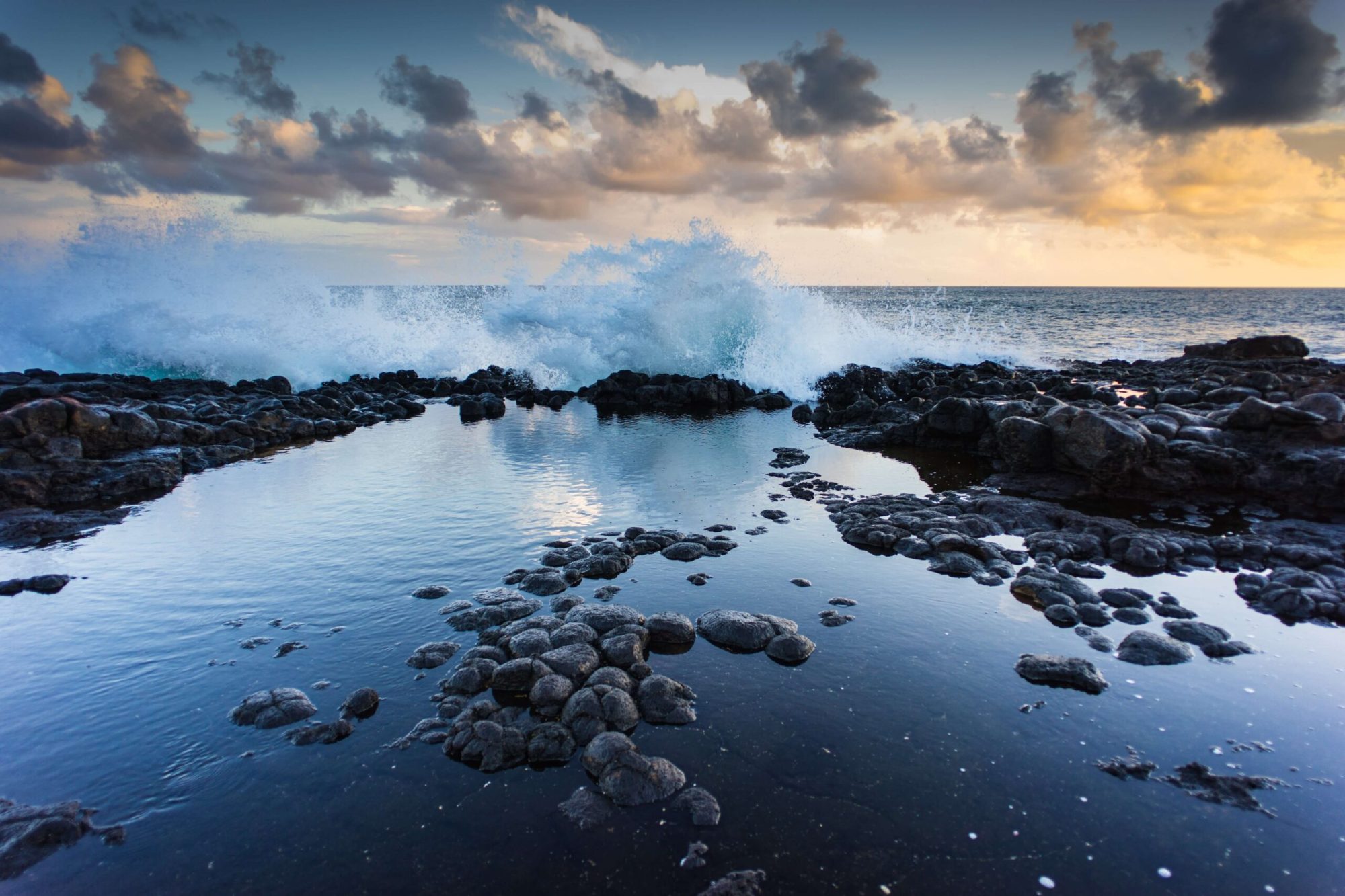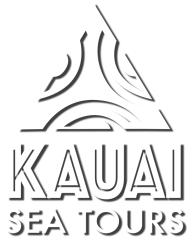The Formation of the Hawaiian Islands: Geology & More

The Hawaiian Islands are an incredibly unique and captivating location. Located in the middle of the pacific ocean without much else around, you begin to wonder how it came to be. In this post, we go over the formation of the islands, the unique history behind them, and much more.
Introduction To The Islands
Formed nearly 70 million years ago, the Hawaiian Islands are some of the most unique geological features in the world. Through a process of volcanic activity spread out over millions of years, Hawaii has evolved into the archipelago known today. Scientists have studied this phenomenon for centuries and have uncovered important insights about the movement of tectonic plates, which move and interact over time to form new land masses.
The Hawaiian Islands are made up of a chain of mostly dormant volcanoes that includes Mauna Loa, Mauna Kea, Kilauea, Haleakala, and Kohala just to name a few. With a geological location near Earth’s equator, Hawaii’s weather creates the perfect environment for unique tropical plants and animals to thrive in lush rainforests and warm ocean waters. Hawaii is also known for some of the most magnificent coastlines.
The research has also shed light on how the Hawaiian Islands were formed over millions of years from large underwater chains of volcanos, eventually creating one of the most beautiful places on earth.
The Process of Hot Spot Volcanism
Hot spot volcanism is a type of volcanic activity that occurs when magma from deep inside the Earth’s mantle rises to the surface. This hot spot can remain in the same place while the tectonic plates drift around it, resulting in a line of volcanoes and islands forming. The process has taken millions of years to create and involves several eruptions, submarine surface flows, and cooling to form these land masses.
The Hawaiian Islands are one such example of this process at work, where the constant eruption and reshaping of lava flows have created a volcanic hotspot surrounded by eight main islands. As new volcanic material arises from beneath the sea floor, extra layers get added to existing island formations, making them ever larger. Such is the case with Hawaii, aka the Big Island, which is still growing due to its ongoing volcanic activity on Kilauea and Mauna Loa over time – making it an incredible example of how hot spot volcanism works on earth!
Hawaiian Island Ages
The oldest and youngest islands in the Hawaiian archipelago have fascinating histories. Kauaʻi, estimated to be 5.1 million years old, is the oldest of the islands and is revered for its volcanic landscapes and waterfalls. The youngest island in the chain, The Big Island, is roughly around 500,000 years old and was formed from 5 volcanoes, where 2 of them – Kilauea and Mauna Loa are still active. While both islands are thousands of miles away from their nearest neighbor, they are part of a thriving ecosystem that draws thousands of visitors year-round. From the emerald caves on Kaua’i’s coast to snorkeling with vibrant tropical fish off the Big Island shores, travelers never fall short of exciting sites and fantastic scenery across these breathtaking islands.
Unique Geological Features of the Hawaiian Islands
The Hawaiian islands are made up of different types of volcanic rocks. Each rock has its own unique characteristics and history. This variety of rocks has allowed for many different types of environments on the islands, including rainforests and deserts. The black sand of some of the beaches is a result of lava flows that have cooled, hardened into igneous rock, and eroded into fine grains. The variety of geological features certainly plays a large role in the biodiversity of the islands.
The variety of these minerals and rocks gives the Hawaiian islands a particular landscape that is hard to find anywhere else in the world.
There are very few places in the world with so many distinct natural wonders and the Hawaiian Islands are home to:
- Hot Springs & Geysers
- Sprawling Coral Reefs
- Snow Capped Mountains, where the tallest one reaches 13,679 feet!
- Sea Cliffs, Sea Caves, & Sea Arches
- Lava Fields & Lava Tubes
Hawaiian Volcano Observatory
The Hawaiian Volcano Observatory (HVO) is the oldest of five volcano observatories created in 1912 by the US Geological Survey. HVO’s primary focus is to monitor and study active volcanoes on Hawaii’s Big Island, including Kilauea and Mauna Loa. Scientists use different tools and methods to watch and study volcanoes, such as special machines that measure shaking, changes in gravity, and how the land is moving. They also use satellites to take pictures from space.
HVO collaborates with various organizations around the world to better understand how volcanic systems operate. To help increase the safety of people living near an active volcano, HVO regularly forecasts potential eruptions, lava flow paths, and other hazards associated with volcanic activity. Ultimately, its goal is to give citizens essential information about the volcanic landscape so they can feel secure and make informed decisions about their environment.
The Ecosystem of the Hawaiian Islands
Hawaii is a truly incredible place to experience a stunning array of flora and fauna. Due to its isolated location in the vast Pacific Ocean, many wildlife species found in Hawaii are found nowhere else in the world. These endemic species are unique from their mainland counterparts, having developed their distinct characteristics over time. The native forests of Hawaii boast a fantastic array of tropical plants and individual tree species, including Ohia trees and Pandanus palms. It is also home to fascinating fish and vertebrate animals such as the threatened Hawaiian hawk, colorful gecko species, bright pink O’o bird, and tiny honeycreeper birds with beak sizes designed for specific forest vegetation.
Great Ways To Explore Hawaii’s Unique Geology
If you’re seeking an educational vacation experience, taking a boat tour or hiking in Hawaii would be perfect. The island’s geological formations are incredible; with the help of boat tours, you will see everything that makes them unique. If you want something more adventurous, take a hike for an immersive experience of nature and culture.
Kauai Sea Tours
The Na Pali Coast is truly an awe-inspiring sight, and a perfect day out exploring this Hawaiian paradise can easily be found with our excursions at Kauai Sea Tours. Our guides’ knowledge gives visitors a chance to soak up a truly unique experience of the area’s sheer green cliffs, deep blue oceans, and diverse marine life – including turtles and dolphins. Cruising the Na Pali coast allows the best possible view of its ruggedly beautiful landscapes. It offers chances to learn more about its mysterious caves, hidden waterfalls, and other interesting geological aspects.

